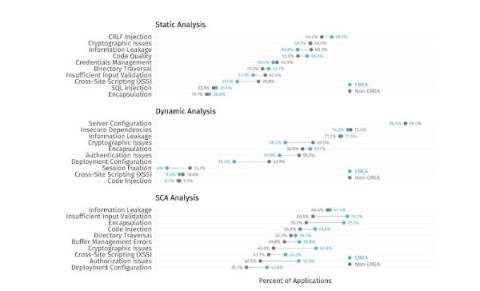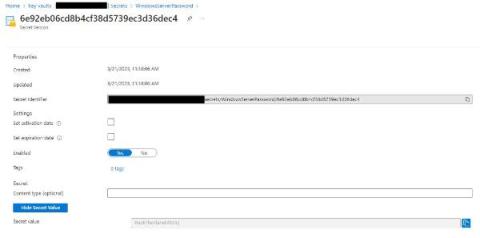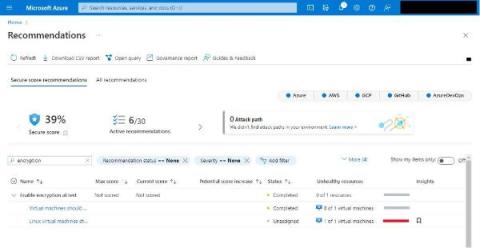Securing Web Applications: A CISO's Checklist for Tech Leaders
As a CISO, securing web applications and ensuring their resilience against evolving cyber threats is a non-negotiable priority. Verizon’s Data Breach Investigations Report 2023 cites web applications as the top attack vector by a long shot (in both breaches and incidents). Here’s a simplified checklist for securing web applications that will help you improve your organization’s security posture and the integrity of your technology.






